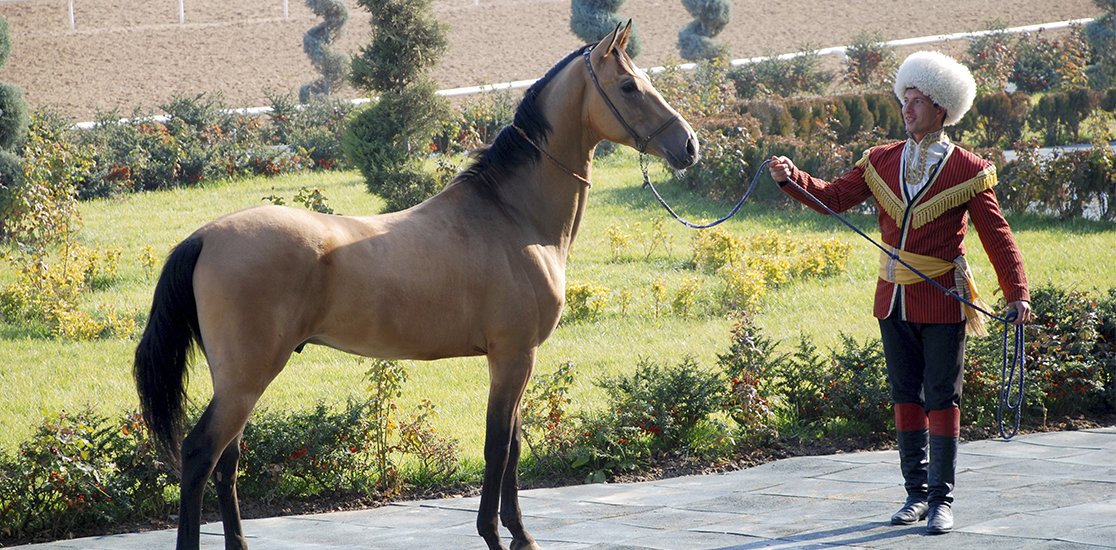
The Akhal-Teke horse is deeply intertwined with the rich history of Turkmenistan, a bond that stretches back over 5,000 years. Throughout the annals of Turkmen history, legendary figures such as Oguzhan, Gorogly Beg, Alp Arslan, Togrul Beg, and Chagryl Beg have relied on these noble steeds to navigate the challenging desert terrain. These horses were not just animals but trusted companions and loyal friends.
Archaeological evidence suggests that the wild, golden horses of Central Asia were among the first to be domesticated between 8,000 and 5,000 BCE, initially for livestock purposes. However, it didn't take long for these horses to be mounted and ridden. Through trade, migration, and warfare, the Turanian horse gained worldwide acclaim for its speed, resilience, good temperament, and striking colors. It became highly sought after in regions like Greece, Egypt, and Persia.
As the Parthian Empire came to an end in the 3rd century CE, the nomadic Turkmen tribes, who were among the earliest horse breeders, established the Akhal-Teke breed around the Akhal oasis near Nissa. Since then, the Akhal-Teke has been an unwavering companion, aiding in survival within harsh climates, traversing rugged landscapes, serving as a warhorse, and symbolizing victory and prosperity.
From their earliest days, the Turkmen people have held these magnificent creatures in high regard. Archaeological findings reveal that these horses were often buried with human-like honors, adorned with jewelry and accompanied by grave goods, underscoring their revered status. In today's era of revival and transformation, the Akhal-Teke remains a potent cultural symbol and continues to play a significant role in Turkmen life.